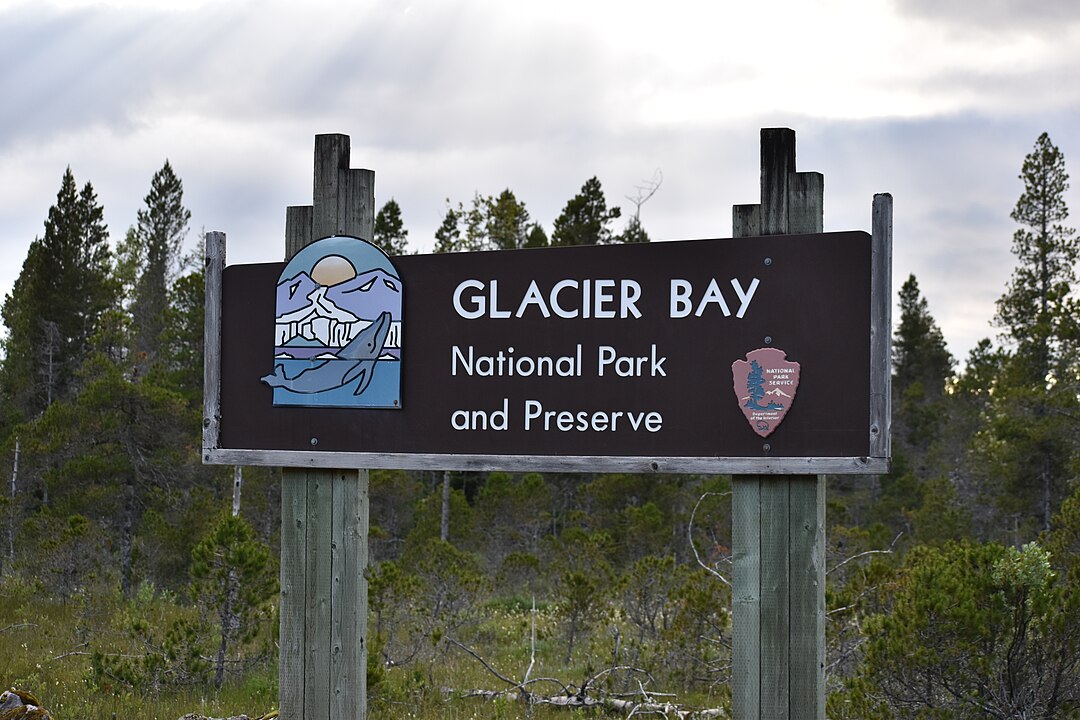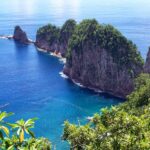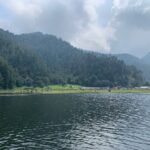Quick Bits:
Glacier Bay National Park is a stunning natural wonder located in southeast Alaska. Known for its massive glaciers, deep fjords, and abundant wildlife, this park draws adventurers and nature lovers from around the world. Covering more than three million acres, it offers an unmatched experience in raw, untamed beauty.
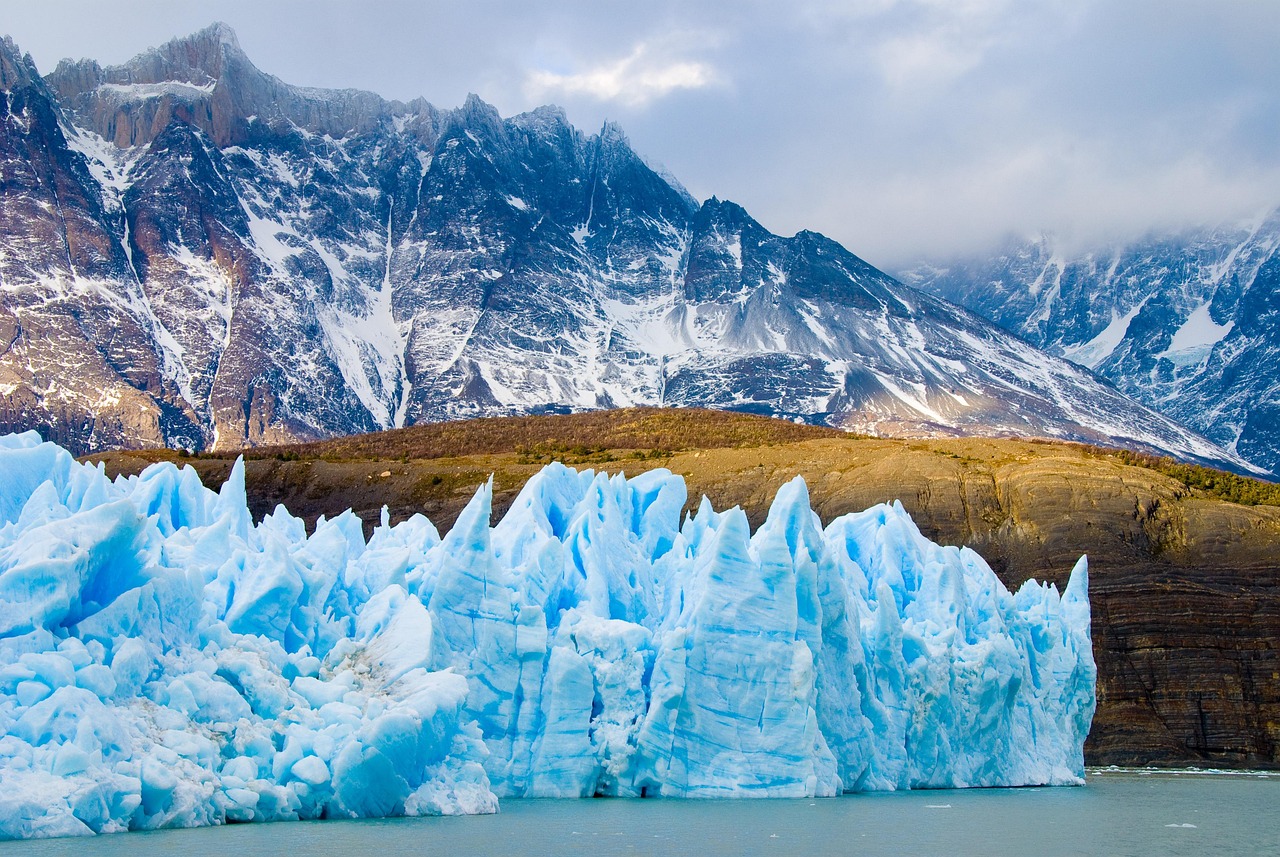
Key Highlights
- Towering glaciers, rugged coastlines, and diverse wildlife
- Over 3.3 million acres of untouched Alaskan wilderness
- Prime spot for whale watching and glacier calving
- Home to more than 1,000 plant species and 200 bird species
- Recognized as a UNESCO World Heritage Site.
General Information
Located in southeast Alaska near Juneau, Glacier Bay National Park was established in 1980 and spans an area of 3.3 million acres. It holds the designation of both a National Park and a UNESCO World Heritage Site and is managed by the National Park Service. Visitors can explore this vast wilderness without any entry fee, making it an accessible destination for nature lovers.
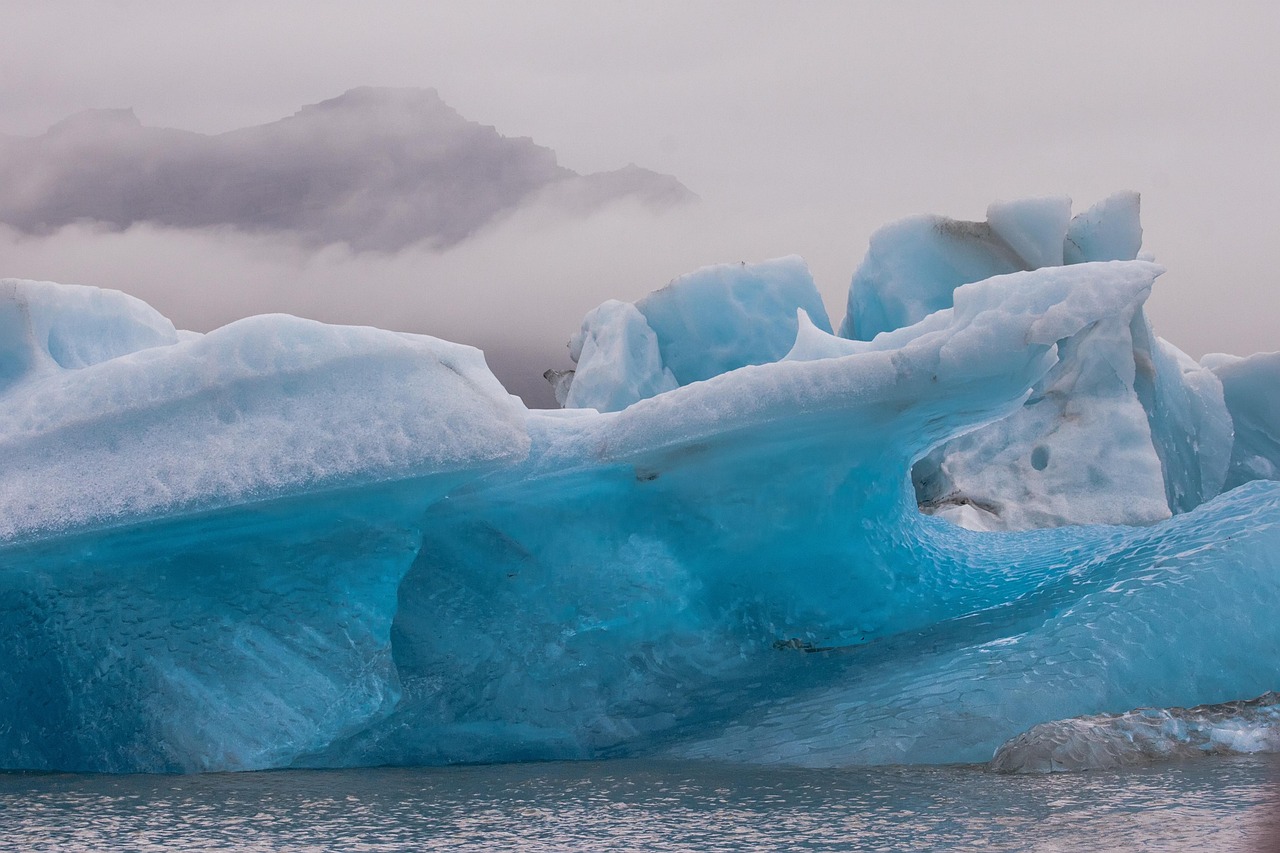
Geography Information
Glacier Bay is a landscape shaped by ice, water, and time. The park features a network of fjords, inlets, and glaciers. Over the past 250 years, massive ice sheets have retreated, revealing a diverse ecosystem. Deep waters border towering peaks, with some glaciers still actively calving into the bay.
- Glaciers: More than 50 named glaciers
- Mountains: Ranges reaching over 15,000 feet
- Ecosystem: Temperate rainforest, alpine tundra, and marine habitats
- Wildlife: Humpback whales, orcas, sea lions, bald eagles, brown bears, and mountain goats.
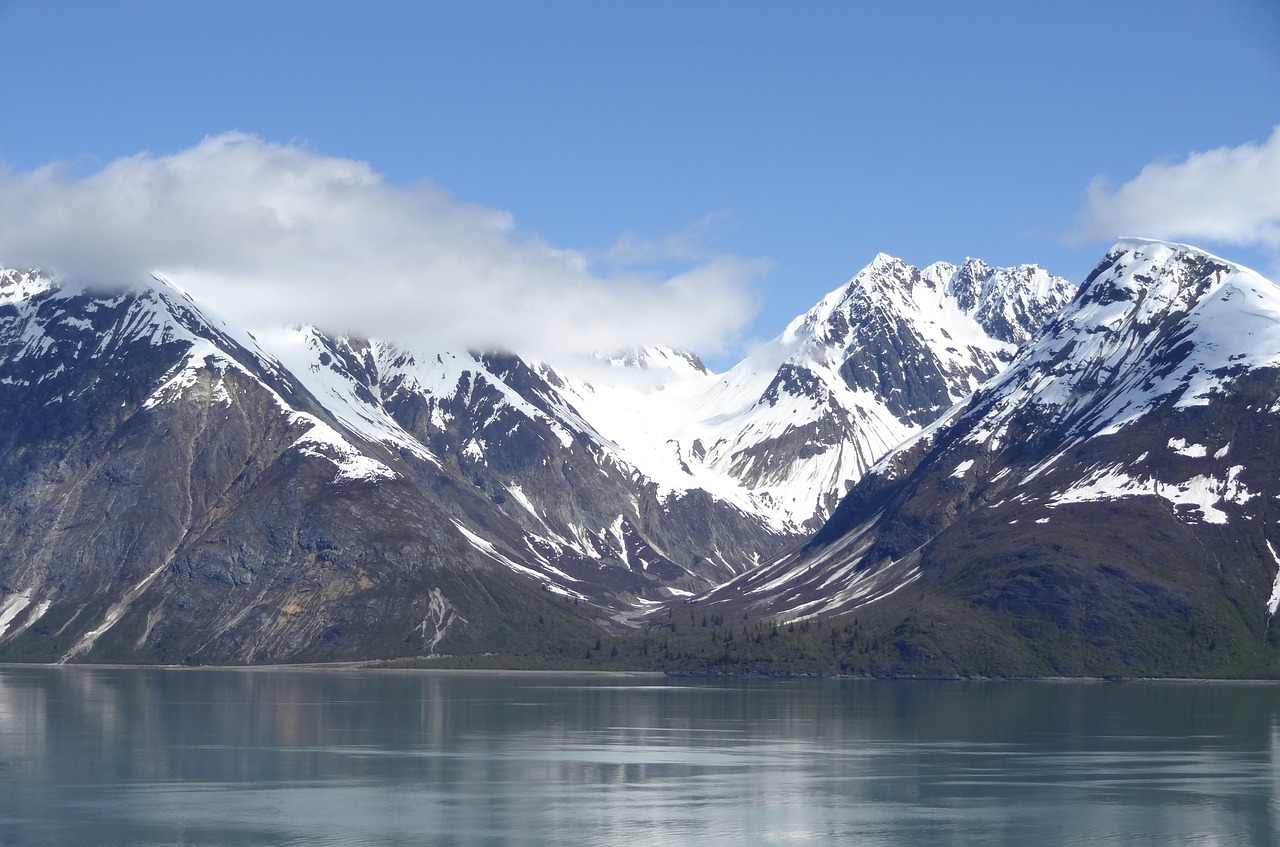
Places to Visit
1. Margerie Glacier
One of the park’s most famous sights, Margerie Glacier is an active tidewater glacier known for its dramatic ice calving. Watch giant ice chunks break away and crash into the bay, creating a breathtaking spectacle.
2. Johns Hopkins Glacier
A striking blue glacier set against a backdrop of rugged peaks. This glacier is one of the few advancing glaciers in the park, making it a rare and fascinating sight.
3. Bartlett Cove
The park’s only developed area, Bartlett Cove offers a visitor center, hiking trails, and kayak rentals. The shoreline here provides excellent opportunities for spotting wildlife.
4. Russell Island
A great location for bird watching and quiet exploration. Kayakers often enjoy paddling around the island’s scenic coastline.
5. Tarr Inlet
An impressive waterway surrounded by towering glaciers and mountains. This area is a prime spot for spotting whales and sea otters.
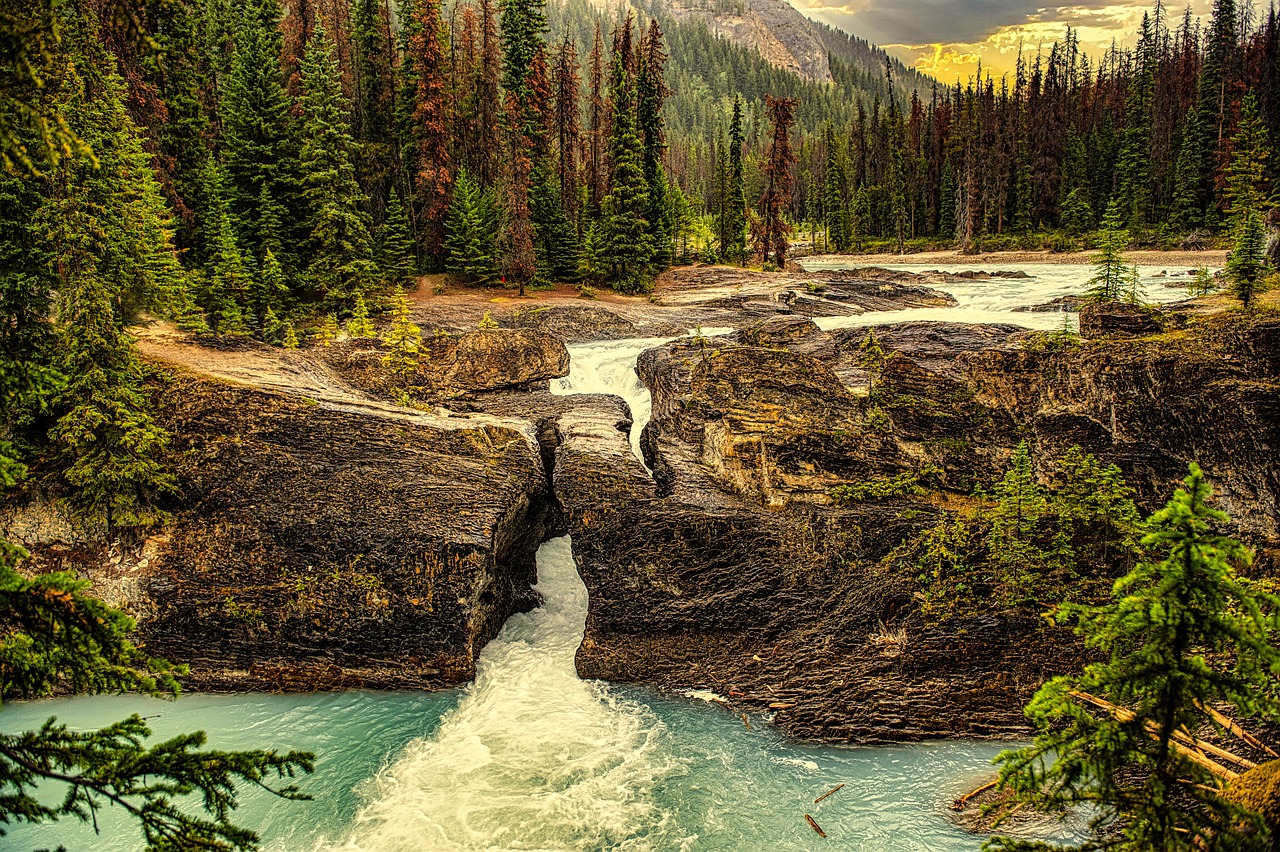
Yearly Climate
Glacier Bay experiences a maritime climate with cool temperatures and frequent rainfall. Weather can change rapidly, so visitors should always be prepared.
- Spring (March-May): Temperatures range from 30°F to 50°F. Snow still covers higher elevations.
- Summer (June-August): The warmest months, with temperatures between 45°F and 65°F. The best season for outdoor activities.
- Fall (September-November): Cooler temperatures, ranging from 30°F to 55°F. Wildlife activity remains high before winter sets in.
- Winter (December-February): Harshest conditions, with temperatures between 10°F and 30°F. Snowfall is common.
Best Time of Year to Visit
The best time to explore Glacier Bay National Park is June through August. During these months, daylight lasts longer, temperatures are mild, and wildlife is most active. Visitors can witness glacier calving, spot humpback whales, and enjoy clear hiking trails. Spring and fall are also beautiful, offering fewer crowds and changing landscapes.

In Summary…
Glacier Bay National Park is a spectacular natural retreat filled with glaciers, wildlife, and rugged landscapes. Whether exploring by boat, hiking along the shores, or watching whales from the deck of a ship, this park offers an unforgettable experience. Plan a visit between June and August for the best conditions and be prepared for ever-changing weather.

